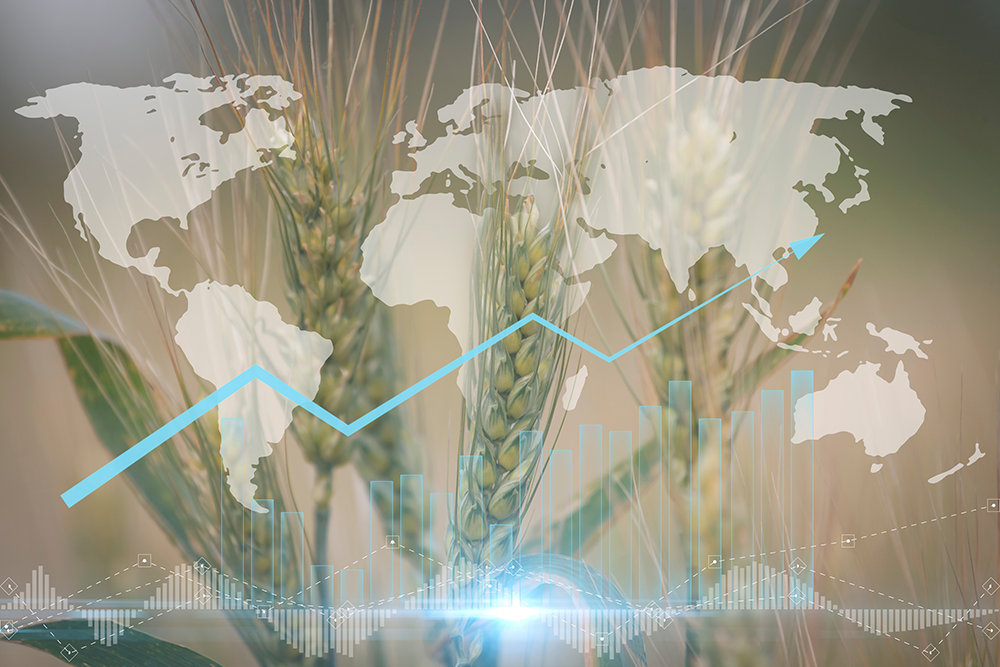Kevin Burns, Donkor Addai & Rohan Nelson
Overview
A country’s agricultural sector presents a range of important benefits for developing a country's economy. Benefits include food supply, rural incomes and employment.
Agriculture also has a key role in influencing environmental outcomes.
To promote these benefits and outcomes, governments provide support through trade protection and/or domestic market interventions. However, in many cases these support programs have adverse outcomes:
- they can divert investment from other sectors of the economy,
- disadvantage more productive agricultural industries,
- contribute to environmental damage and;
- constrain income, economic growth and agricultural development.
The experience of many countries demonstrates that reforming agricultural support by opening trade and cutting subsidies, and carefully reshaping support, can build a more productive and internationally competitive agricultural sector.
Reforms that help farmers respond to market signals, manage risk and utilise existing trade enabling frameworks can support links to global value chains, achieve environmental benefits and raise economic growth and farmer incomes.
Key Findings
- Government support for agriculture globally remains significant.
- Support can have adverse outcomes, diverting investment from other sectors of the economy and reducing economic growth.
- Reducing support improves economic outcomes, raises investment across all sectors (including agriculture) and supports a long-term sustainable agricultural sector.
Download
Reshaping agricultural support to build a competitive agricultural sector (PDF 3.9 MB)
If you have difficulty accessing these files, visit web accessibility for assistance.

